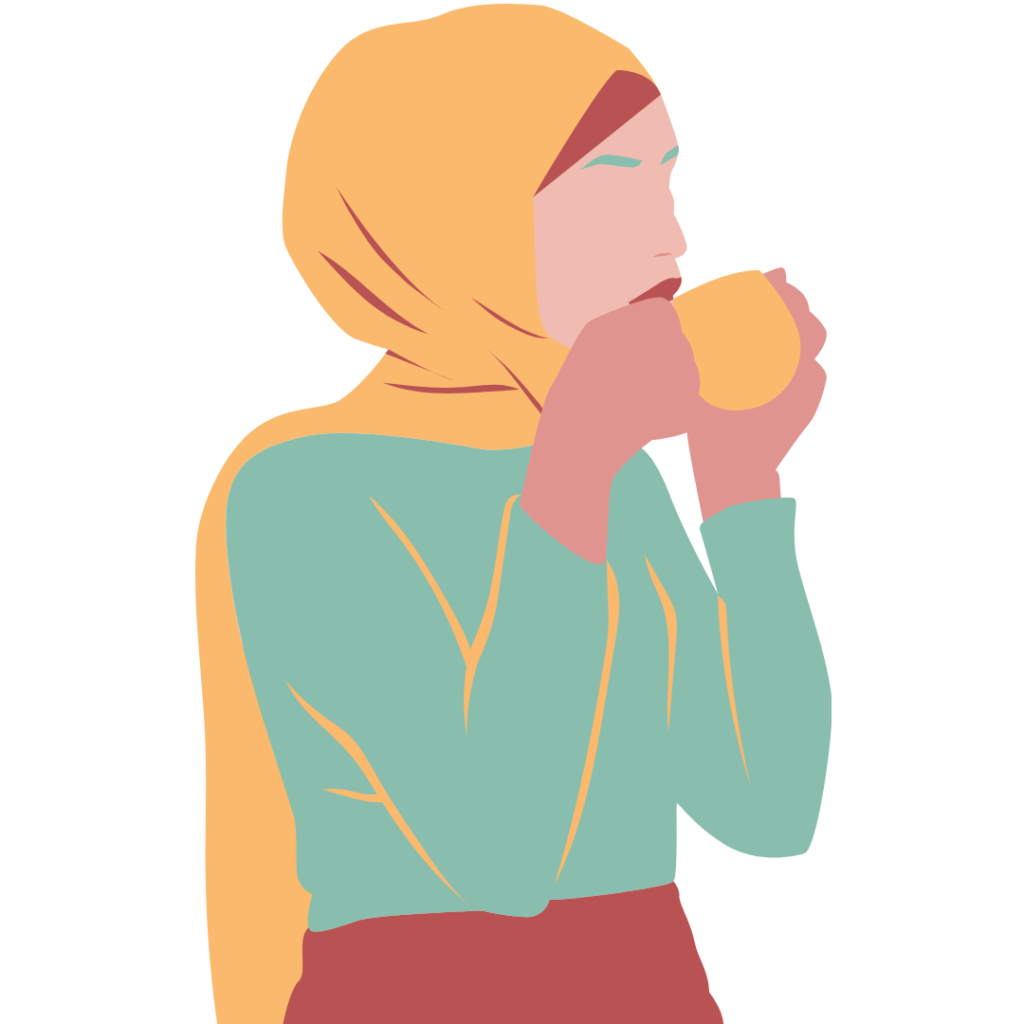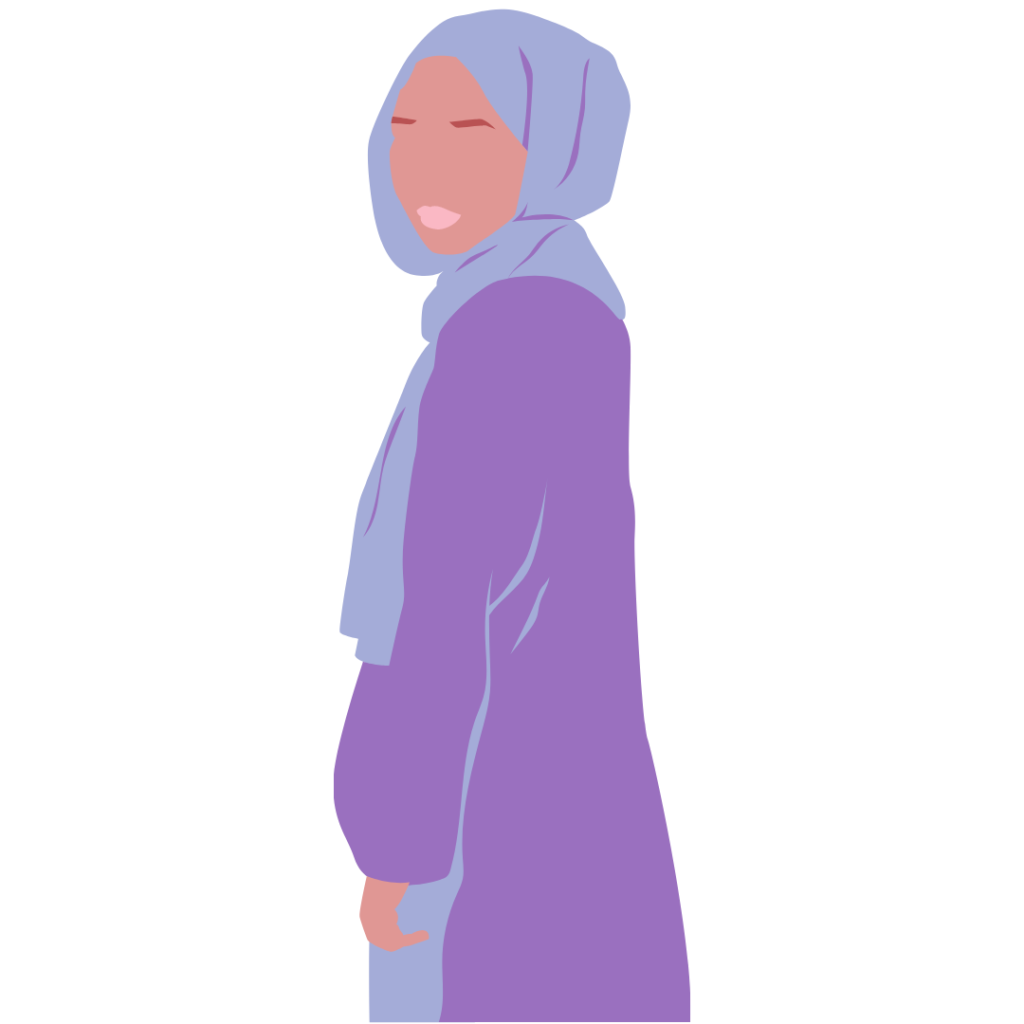It is not surprising that the veil itself, or Muslim women in general, have a negative image when it comes to the mainstream media.
There may be many reasons for this – a lack of knowledge, individuals holding predetermined prejudice, or even an insufficient number of hijabi/Muslim women employed in the media. Regardless, there is a negative image of the veil being pushed on and sometimes, it goes by almost undetectable.
What is the veil?
The phrase veil is used as an umbrella term to describe the coverings that Muslim women use for modesty. The hijab, burka, niqab and jilbab often fall under this term when referred to in mainstream media. To begin with, I believe it is important to discern the difference between all four:
- Hijab – a garment that is used to cover one’s hair. It can also be used to refer to dressing modestly.
- Burka – a long and loose garment that covers someone from head to feet.
- Niqab – a veil that covers all parts of the face except the eyes.
- Jilbab – a long and loose garment that covers one’s hands and head as well.
Studies show that the British media have “homogenised” the different types of Muslim veiling practices and instead of celebrating the differences in cultures, have portrayed them as an obstacle to the Western lifestyle. Muslim women are stripped of their individual identities and thrown under the label of “veil”, grouped under a term that they sometimes do not even resonate with. There is a radicalised sense of politics that has seeped into the mainstream media, allowing a wrongly portrayed perception of Muslim women onto the news, television shows and films. So, what are these portrayals?

Muslim women are forced to wear the hijab
This is an idea that we see often in film and television. If there is a Muslim character that is female, it is most likely discerned by her (usually horrifically worn) hijab. There seem to be a constant struggle that these characters portray with their hijab – almost as if it acts as a metaphor for their actual Islamic values and morals.
Falling in line with the idea of the veil being shown to be an obstacle towards the Western lifestyle, Muslim women end up taking the garment off to feel a sense of liberation and freedom. They are shown to be much happier without their hijab as if it were holding them back. While you cannot generalise everyone’s experience to be the same, the hijab is not actually as big of a deal as the media makes it out to be. Most women choose to wear it on their own accord after actual research!
Muslim women are increasingly mistreated by their male counterparts
The idea of women falling prey to males is shown throughout the media. The entertainment industry is not the only form of media that plays on this; the news is constantly portraying the idea of Muslim women being overpowered by men through bulletins such as domestic violence, forced marriages, etc. While these are valid issues still present in society, we must understand the problem of putting the focus purely on Muslims. Topics like that should be discussed but there should be a balance. The spotlight should also be brought onto their achievements, their futures, their experiences. It is time for us to let go of the idea that Muslim women are always a victim.

Muslim women are incapable of integrating with today’s society
This debate is produced from the previous two points. Orientalism comes from a colonist mindset, creating a stereotyped view of a group of individuals. Muslim women are often a victim to orientalism and are boxed into categories that uncomfortably limit them. They are often portrayed as uneducated because of common misconceptions forced onto the Muslim community, or old-fashioned because of the percentage that choose to dress more modestly.
It is no surprise that this perception filters into everyday media as our own politician’s sport it publicly. Former Prime Minister, David Cameron, had claimed to be “concerned” over English literacy levels amongst Muslim women in Britain, suggesting the idea that they may not be smart enough to integrate with the language. In fact, the first university was founded by a Muslim woman named Fatima al-Fihri more than 1,000 years ago in Morocco. Eat your heart out, Cameron. Jack Straw, former Secretary of State, suggested that removing niqab would help community relations. These opinions in itself stand as problematic but when you look at the bigger picture, it is worthy to note that it fuelled the British media to only further their Islamophobic rhetoric towards Muslim women.
What can we do to fight against these stereotypes?
Diversity is key to everything – the more different individuals that are included in television, film, news, and magazines, the wider the range of experiences. Muslim women do not have to be limited to just their faith and their journey with hijab – though that is still just as important! We can be much more than that. Characters can be normal, typical teenagers, or strong and bold leads. The news can publish more on what the Muslim community is bringing to society and celebrate their accomplishments. If focus is to be put on the issues, then let it be from an actual empathetically motivated stance and not in order to do performative justice.

Related Information
This article was written as part of the Future is Feminist campaign in collaboration with Cardiff Youth Service. To find out more about the campaign group and to read more content from The Future Is Feminist campaign, click here.
If you want to get to know some strong Muslim women, have a read about them here.





